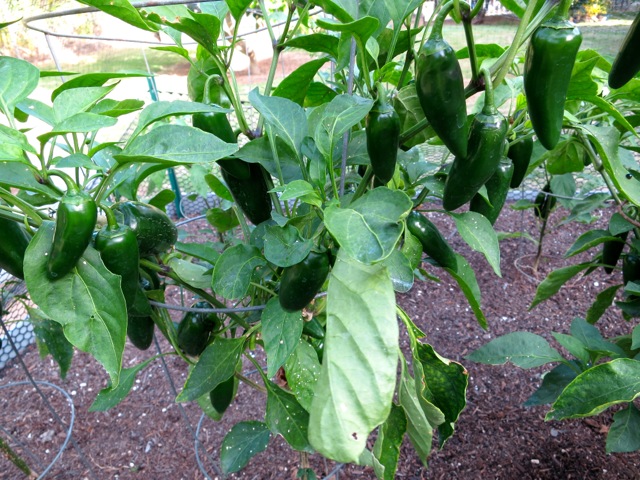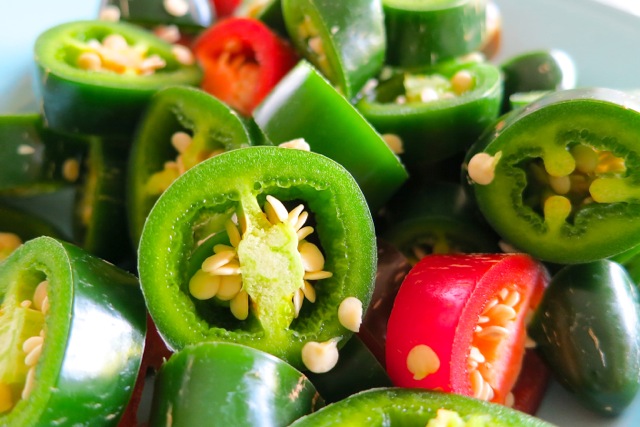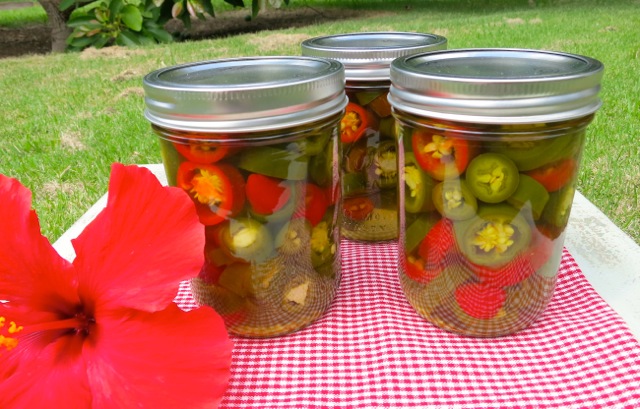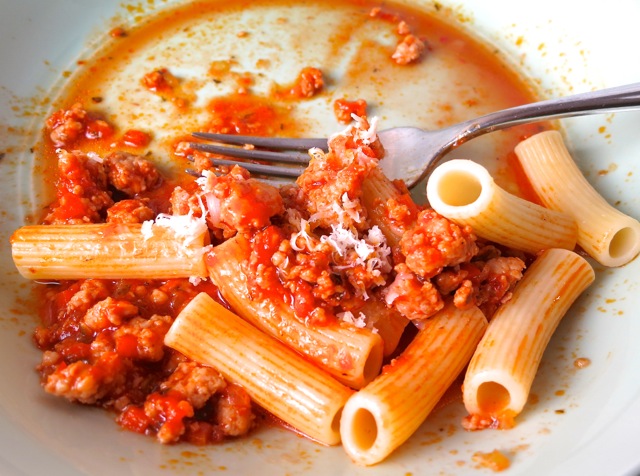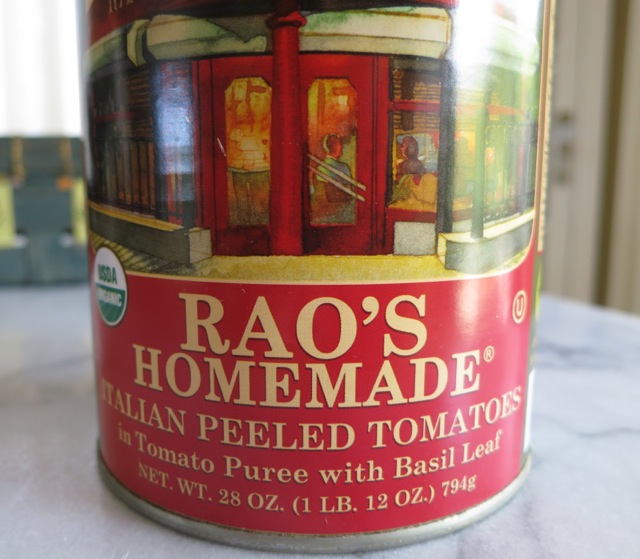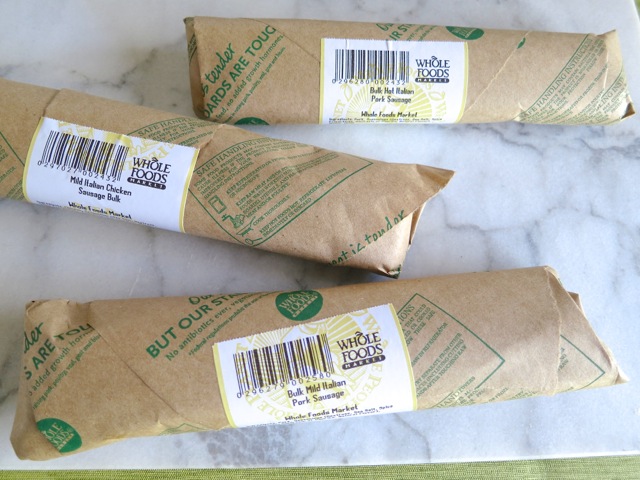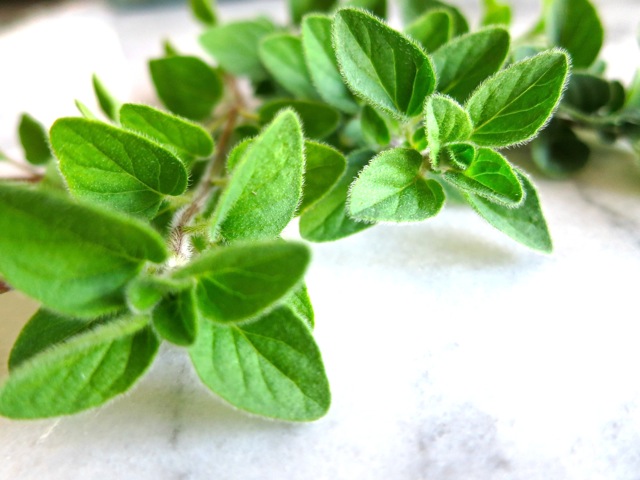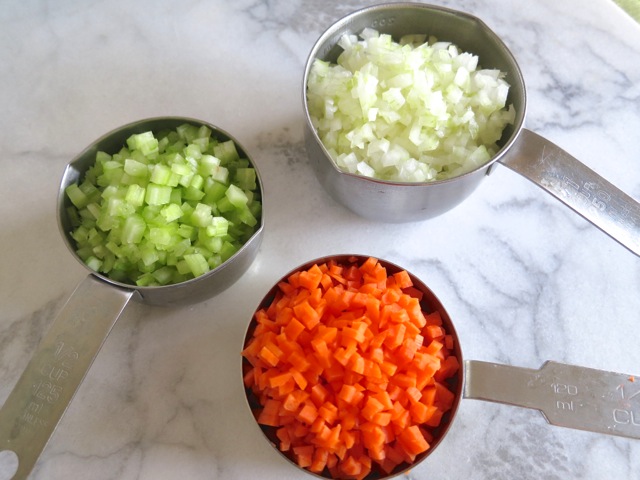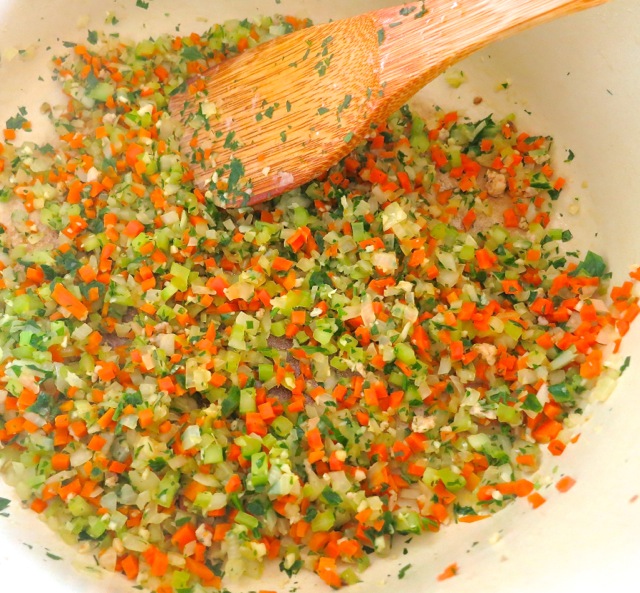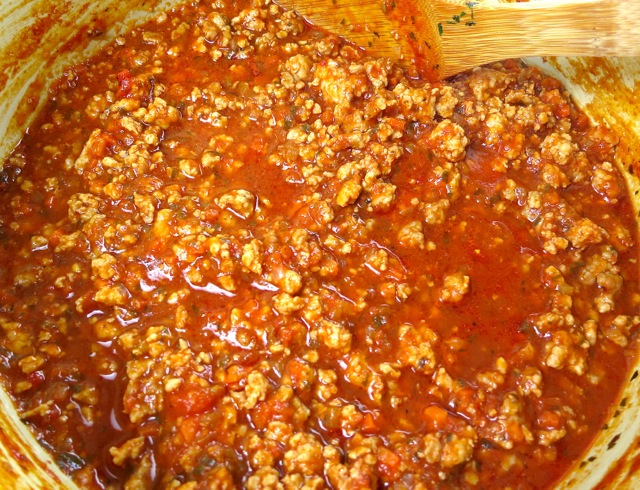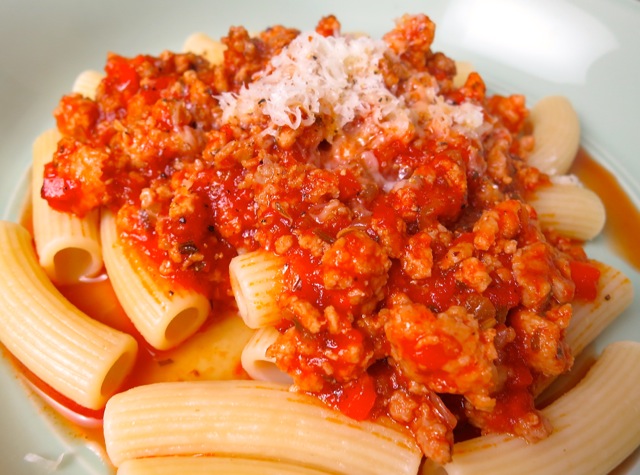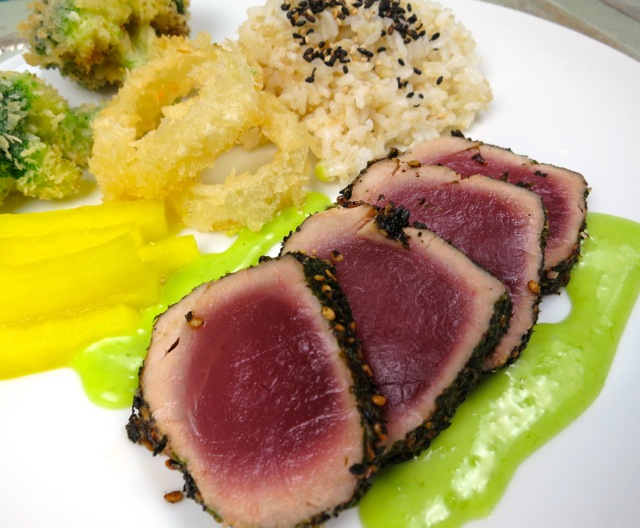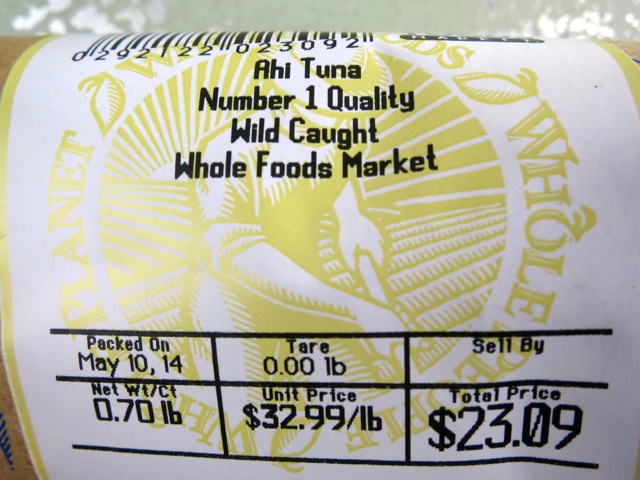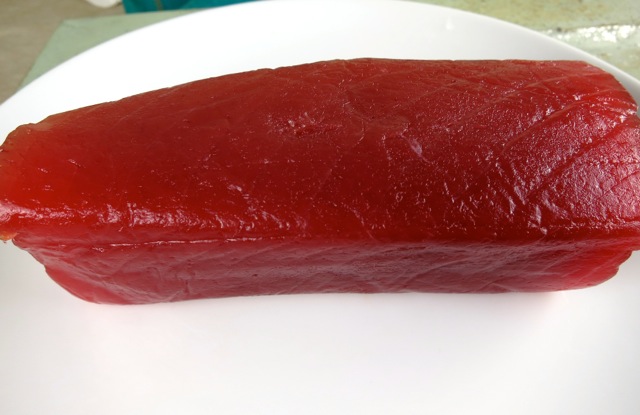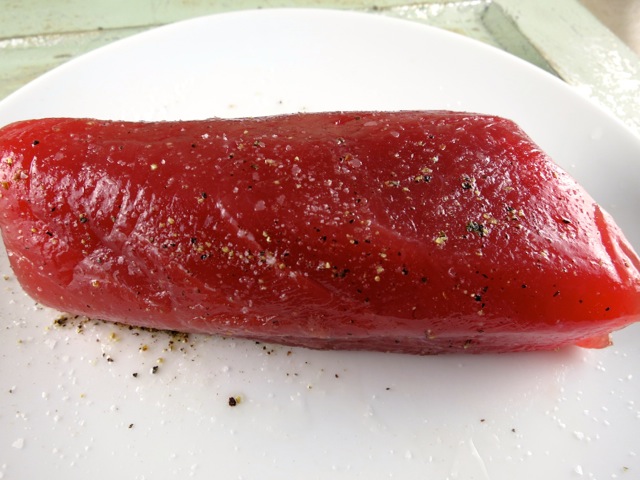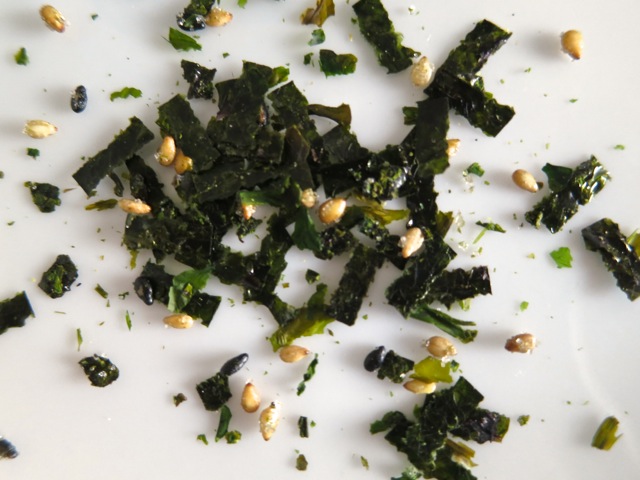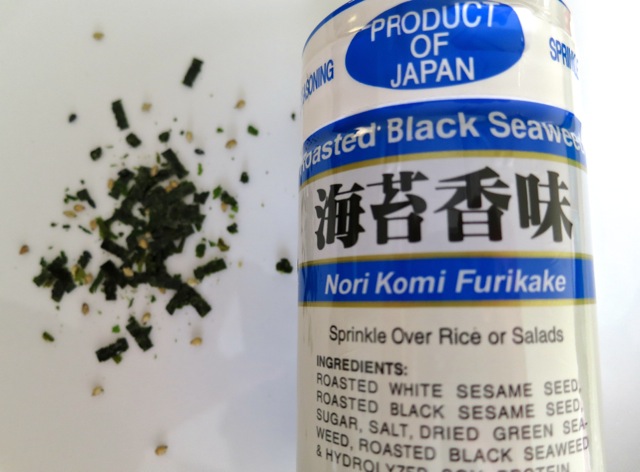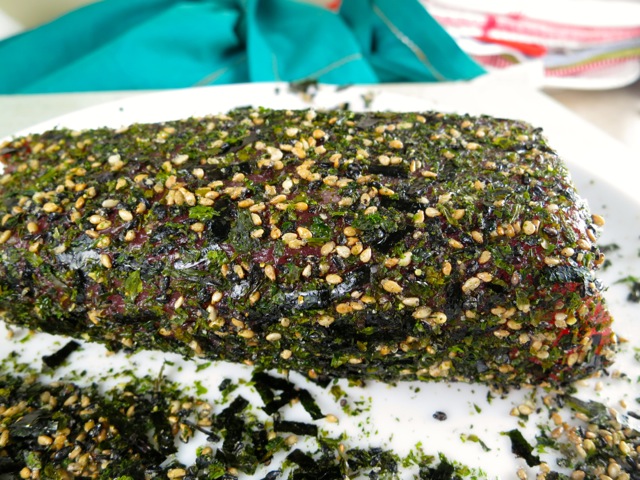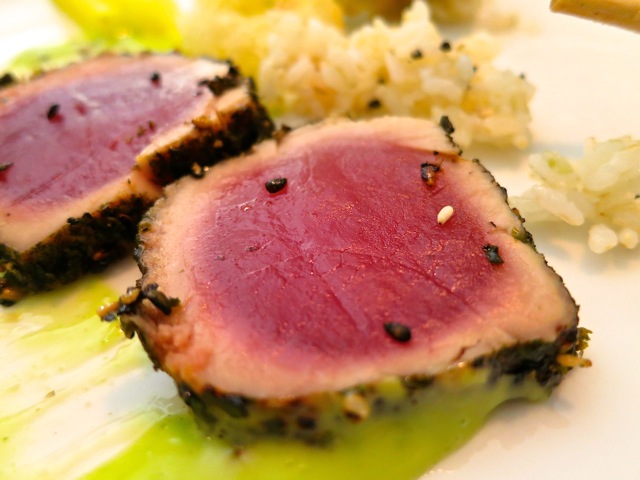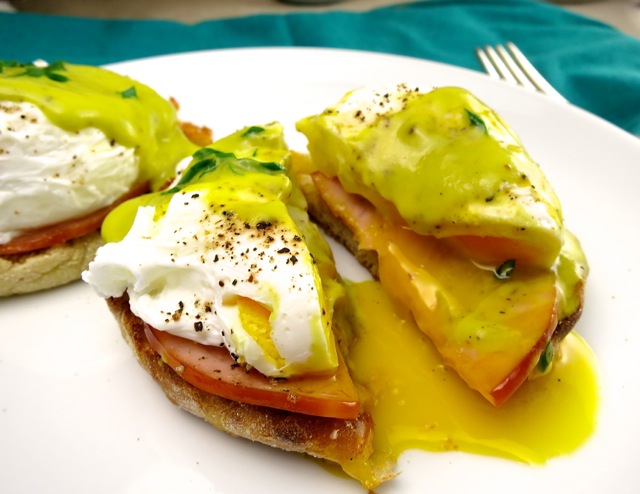 I came across this simple and surprisingly delicious recipe in the February issue of Food and Wine magazine where each month one ingredient is featured in their clever article “Green Market Math.” The four recipes are accompanied by photos of the finished dish along with a short paragraph on how to prepare it. This particular recipe caught my attention because “hollandaise” evokes creamy, luscious, saucy, goodness and this version is dairy free, perfect for those of us who are lactose intolerant. Yet for those of you who have no such restriction, you’ll love this sauce as well.
I came across this simple and surprisingly delicious recipe in the February issue of Food and Wine magazine where each month one ingredient is featured in their clever article “Green Market Math.” The four recipes are accompanied by photos of the finished dish along with a short paragraph on how to prepare it. This particular recipe caught my attention because “hollandaise” evokes creamy, luscious, saucy, goodness and this version is dairy free, perfect for those of us who are lactose intolerant. Yet for those of you who have no such restriction, you’ll love this sauce as well.
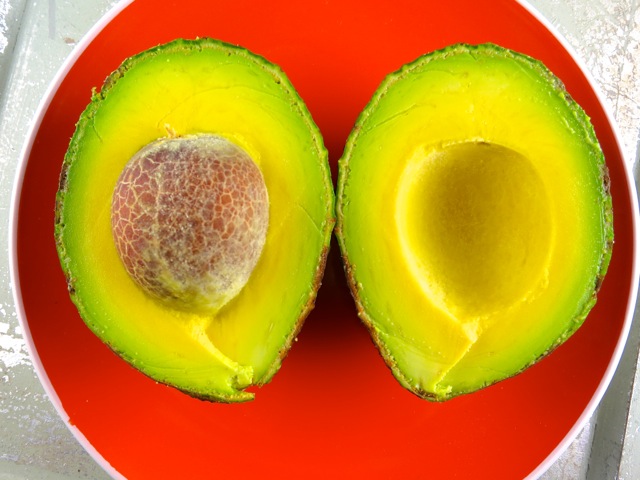 The avocado and olive oil combination gives this sauce a creamy, rich, flavor and texture. It’s so good, we had this for breakfast two consecutive weekends. Stay away from watery avocados and choose creamy types such as the Green Gold we used here. Hass avocados are a good choice and readily available at most markets.
The avocado and olive oil combination gives this sauce a creamy, rich, flavor and texture. It’s so good, we had this for breakfast two consecutive weekends. Stay away from watery avocados and choose creamy types such as the Green Gold we used here. Hass avocados are a good choice and readily available at most markets.
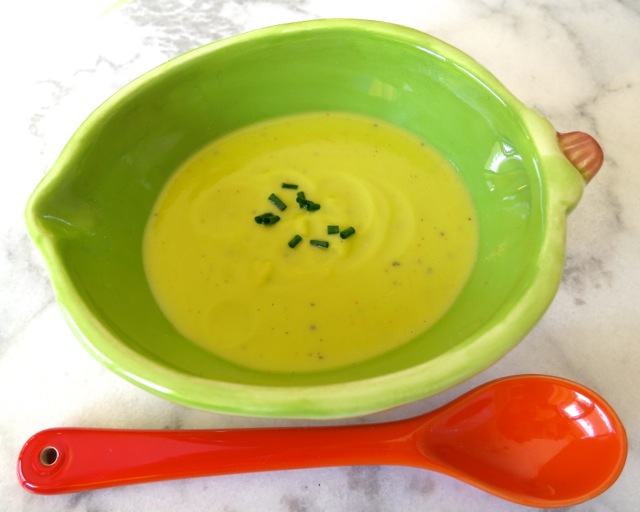 Making this sauce is very simple. All the ingredients go into one container and are blended up in a minute or two. Though the original recipes calls for using a blender, I prefer to use my immersion blender. The recipe makes a small serving and the immersion blender cup is just the right size and clean up is quick.
Making this sauce is very simple. All the ingredients go into one container and are blended up in a minute or two. Though the original recipes calls for using a blender, I prefer to use my immersion blender. The recipe makes a small serving and the immersion blender cup is just the right size and clean up is quick.
Avocado Hollandaise
2 – 4 servings (depending on the size of your avocado)
Ingredients
1/2 ripe avocado, chopped
2 teaspoons fresh lemon juice
1/3 cup hot water
2 tablespoons mild flavored olive oil
1/4 teaspoon kosher salt and a few grinds of black pepper
Preparation
In a blender or immersion blender cup, purée the avocado with the lemon juice and hot water until smooth. With the machine on, drizzle in the olive oil until combined. Season with salt and pepper and serve over poached eggs.
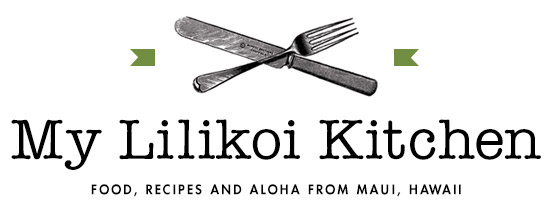









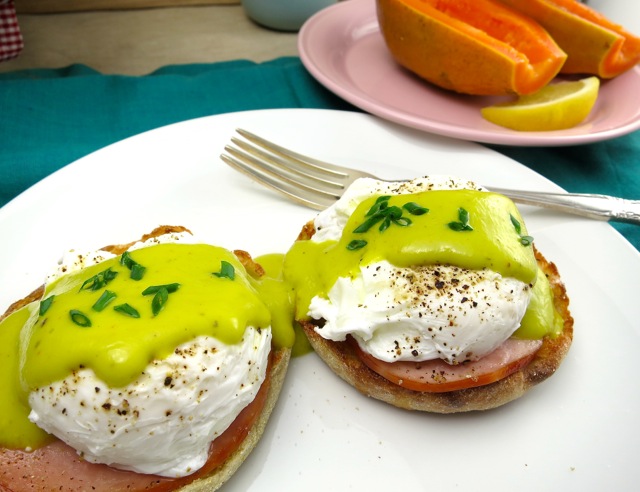
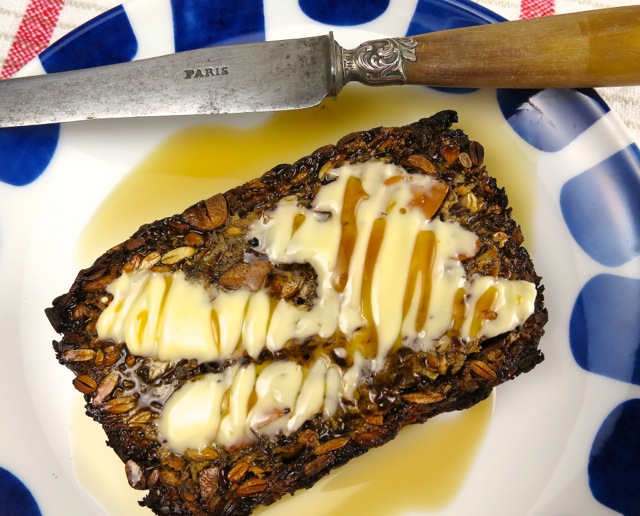
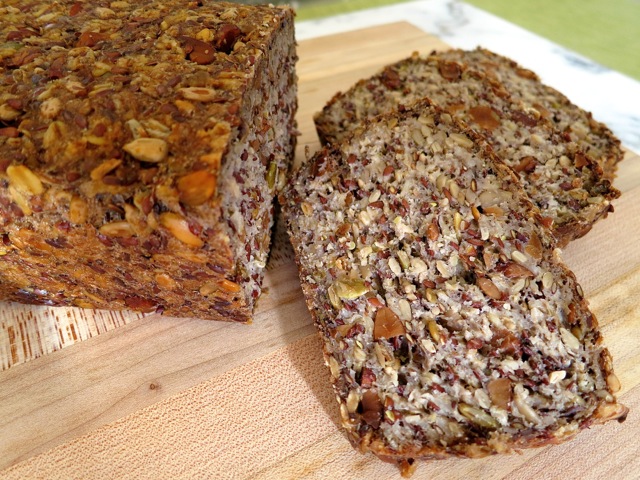
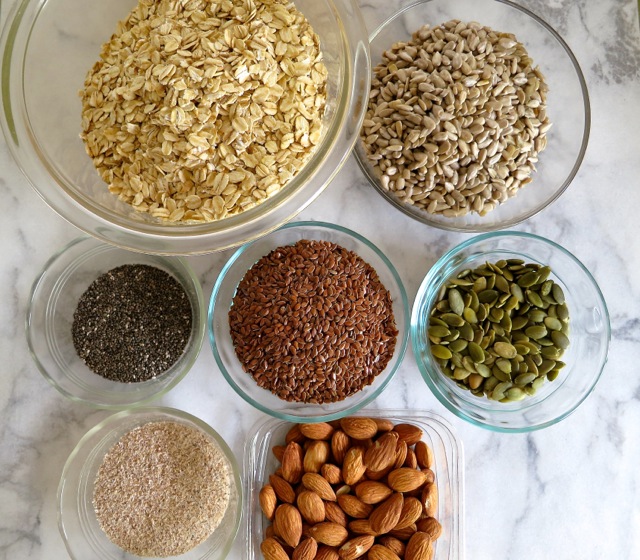

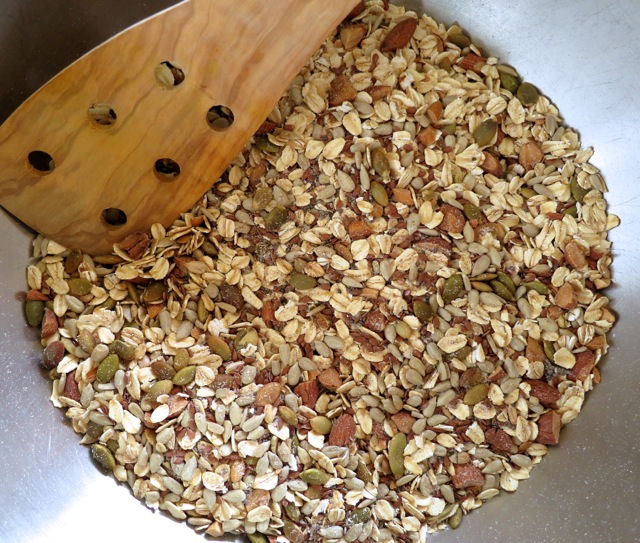
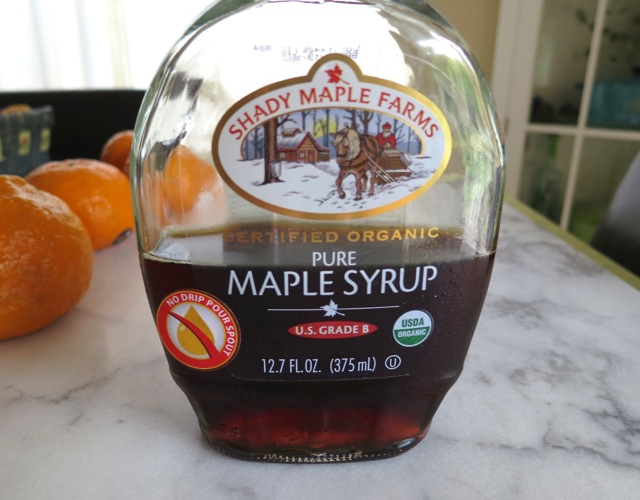
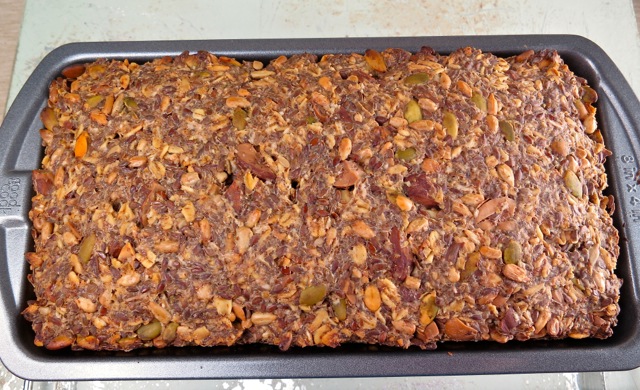
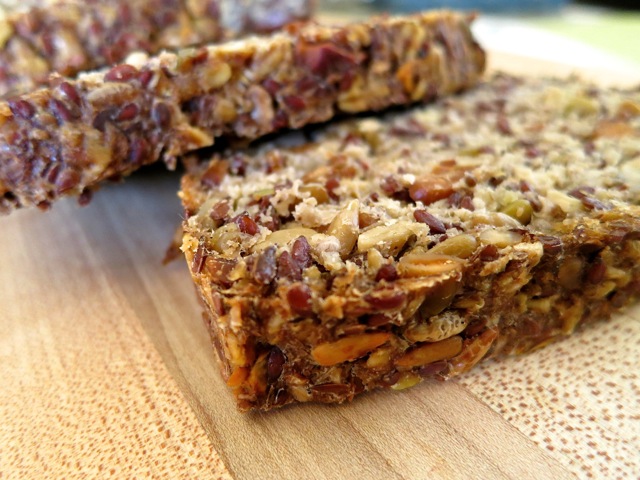
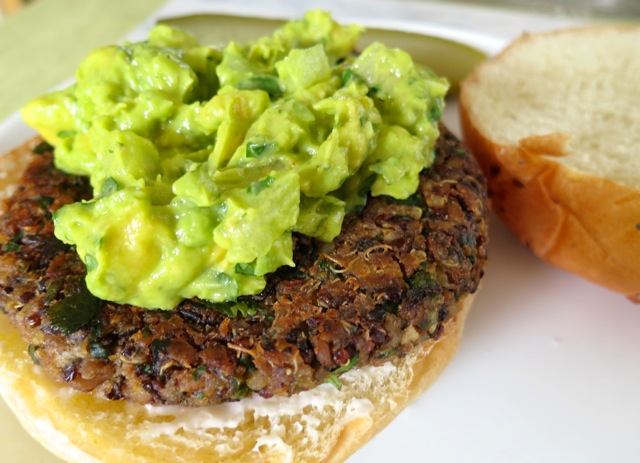
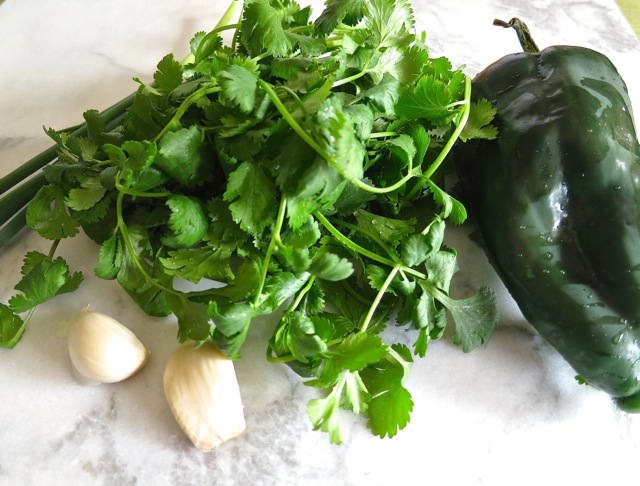
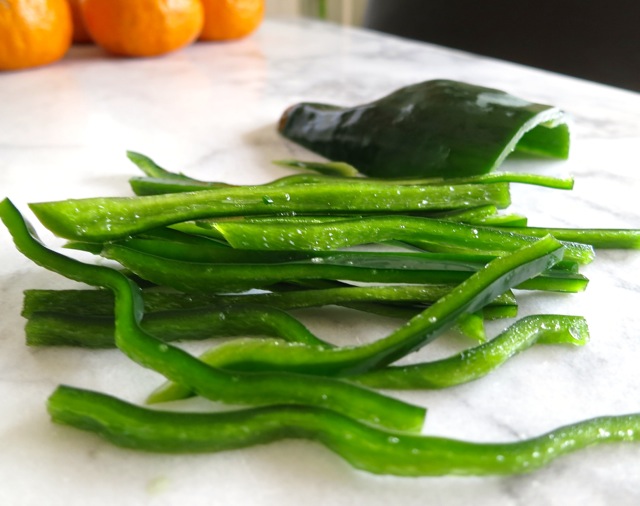
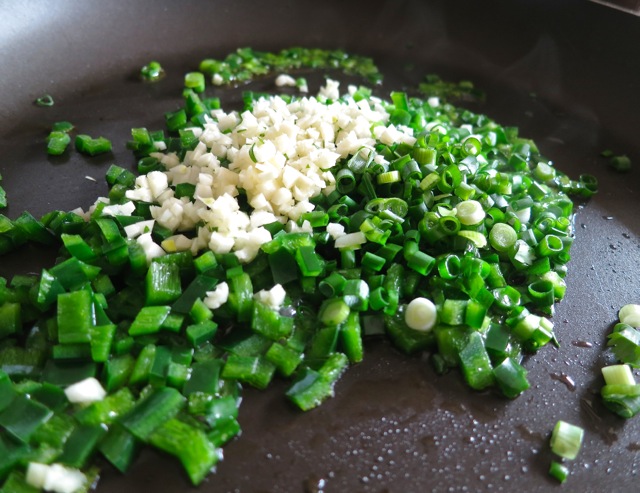
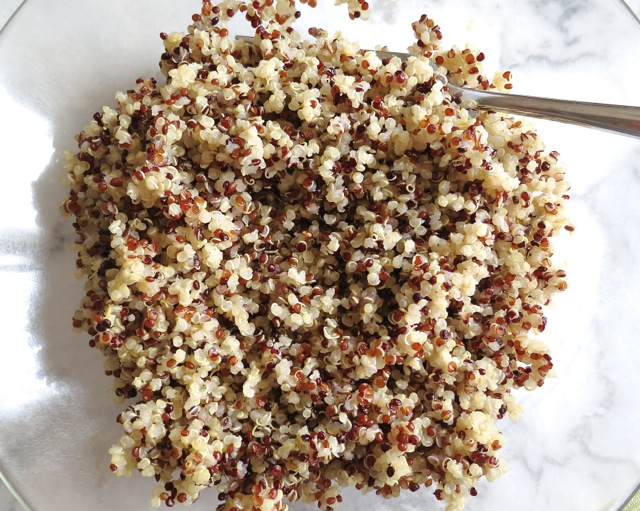
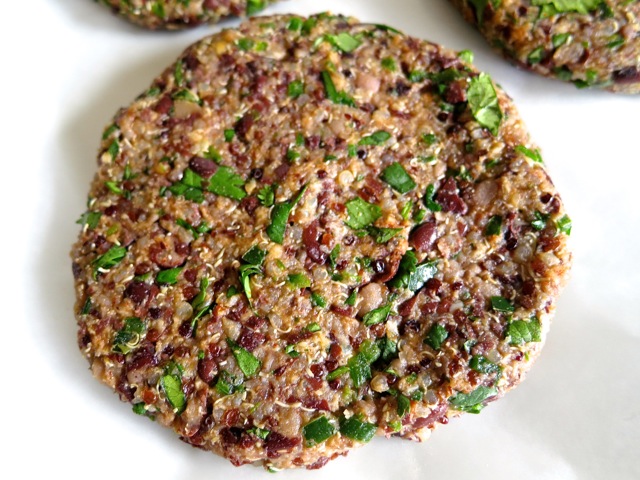
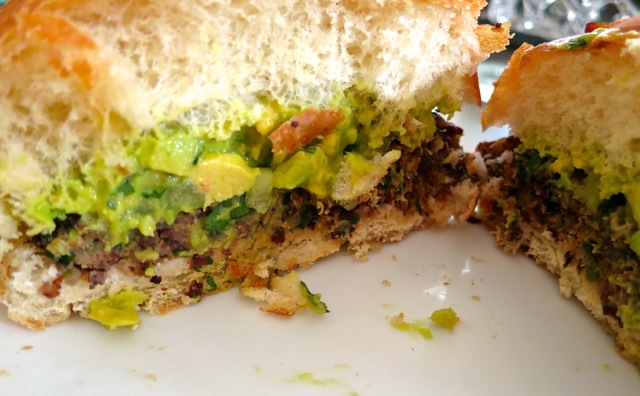
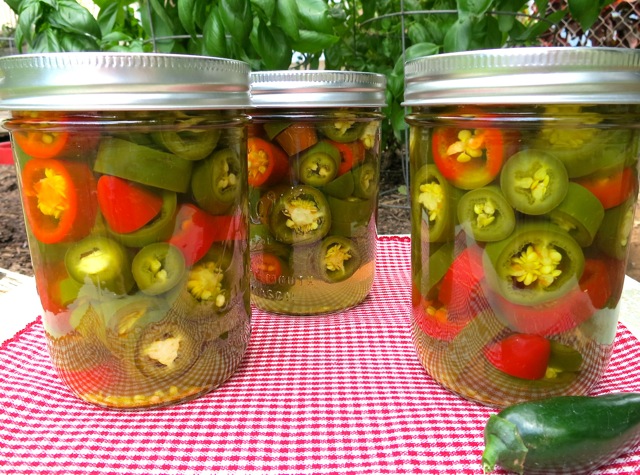 W
W